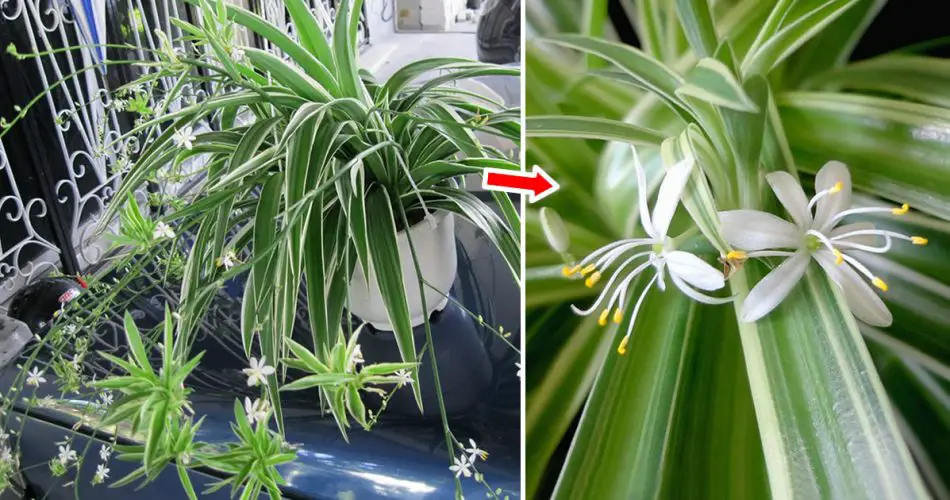The spider plant, commonly known as Chlorophytum comosum, is one of the most beloved and widely cultivated indoor plants, thanks to its tropical appearance and ease of care.
Despite being a very resilient plant, specific measures need to be taken if you want to encourage flowering and enhance its beauty.
Here, we outline the basic care for spider plants and provide some tips to make them bloom abundantly.
Plant Placement
It’s crucial to position the plant in a well-lit area that receives indirect sunlight, protecting it from direct sun rays that can harm the leaves, especially during the summer. Also, shield it from extreme temperatures, as both too cold and too hot conditions can permanently damage the plant.
Soil
Ensure that the soil for your spider plant is well-draining to prevent water stagnation, which can lead to root rot.
Watering
During spring and summer, water the plant twice a week, but reduce the frequency to once every 10 days in winter. Keep the spider plant’s soil consistently moist, avoiding waterlogged conditions. Occasionally, you can mist the leaves with room temperature water.
If the leaves become limp and easily fall off, it’s likely receiving too much water. On the other hand, if the tips of the leaves start to dry and turn brown, you need to provide more water.
The flowering of the spider plant is a natural process that occurs only when the plant is cared for correctly. By following the advice outlined above, your spider plant should produce numerous flowers, adding a delightful touch to your home.
